3D Printing Services
Find the exact materials and technology to fit your application.
High-quality Online 3D Printing Services
With years of experience in additive manufacturing and cutting-edge industrial 3D printing technologies, our printing factory offers quality 3D printed products through rapid prototyping with short lead times. Our team provides one of the best 3D printing services in the United States by leveraging the latest additive manufacturing techniques.
If you are ready to move forward with your CAD file, you can get an instant part quote and our engineers will respond quickly to your part request, or you can send your files to 3dparts@rnd-tech.com for a more hands-on approach.
R&D Technologies In-House Capabilities
FDM (Fused Deposition Modeling)
We offer all of the Stratasys FDM materials across their entire lineup. These are industrial-grade thermoplastics meant to take a beating and hold up under high loads, heat, or stresses.
Our printers are capable of printing in ULTEM, nylon, carbon fiber, and many other industrial materials that weren’t possible in the past. You can read more detailed specs on any of the materials here.
Tolerances: These machines typically hold +/- 0.005″ or +/- 0.0015″ per inch in the x/y direction. Layer heights will be built in multiples of 0.010″ for most materials, however some materials can be run at a 0.005″, 0.007″, 0.013″ or 0.020″ layer height as well.
Build Volume (LxWxH): We can build up to a 36″ x 24″ x 36” part, with the second largest volume being at 16″ x 14″ x 16″, and the max size for TPU and Diran parts at 14″ x 10″ x 14″.
Special Considerations:
- Due to the layering process, weaknesses can occur along the layer lines on thin features, and fine details are harder to build.
- Slight curvature or draft angles on the top and bottom surfaces tend to get a ‘stepping’ effect since the layers are thicker than some other processes.
- Solid blocks can be built with a honeycomb interior to save time, material, and weight as well as cost.
- Since these are regular plastics, they can typically be sanded, painted, glued, and epoxied.
- For threads, it is typically recommended to either tap pre-printed holes in the part, or accommodate for heat set inserts.
Polyjet (Liquid Photopolymer)
PolyJet materials are ideal for high-resolution, fine detail prototyping. With over 600,000 colors available, including PANTONE matching, precise color accuracy is achievable on parts. Transparent and flexible materials provide design flexibility, allowing accurate and detailed prototypes with a range of material and color options.
We can apply textures including labels and wraps, logos, photos, etc for the perfect ‘looks like’ model for design review, marketing, or trade shows. We can also mix rubber-like materials to mimic grips and buttons from shore 27A up to a 95A. For more info on the specs of Polyjet materials, you can read about them here.
Tolerances: For the x/y, rigid materials will hold +/- 100µ for parts below 100mm (~4″), and +/- 200µ or +/-0.06% of part length, whichever is greater. The layer heights will typically be built in intervals of 30µ, however some single materials can be built at 16µ if required.
Build Volume (LxWxH): We can build parts up to 19.3″ x 15.35″ x 7.9″ (490mm x 390mm x 200mm) for all materials.
Special Considerations:
- Polyjet can build fine details including threads, pins, and lettering.
- The average heat deflection is 130°F, which means parts will warp and bend at relatively low heats.
- Acrylic is somewhat brittle, and can crack if dropped on hard surfaces or care is not taken to tap holes correctly.
- The rubber materials won’t perform the same as an end-use silicone with less rebound, and microtears after repeated flexing.
- Clear parts will typically come out frosted, and will need to be buffed to get a full see-through effect. Buffed clear parts will be clearest in the Z direction as the layers tend to distort light when looking through the sides of a part.
P3 technology (DLP)
P3 technology is specialized for handling high-volume production runs, making it suitable for manufacturing on demand. Its high precision, material flexibility, durability, and high thermal resistance combined with smooth surfaces makes it ideal for production of end-use parts in a variety of fields.
Tolerances: As low as 50µ
Build Volume (LxWxH): We can build parts up to 7.5” x 4.25” x 14.5” (192 x 108 x 370 mm) for all materials.
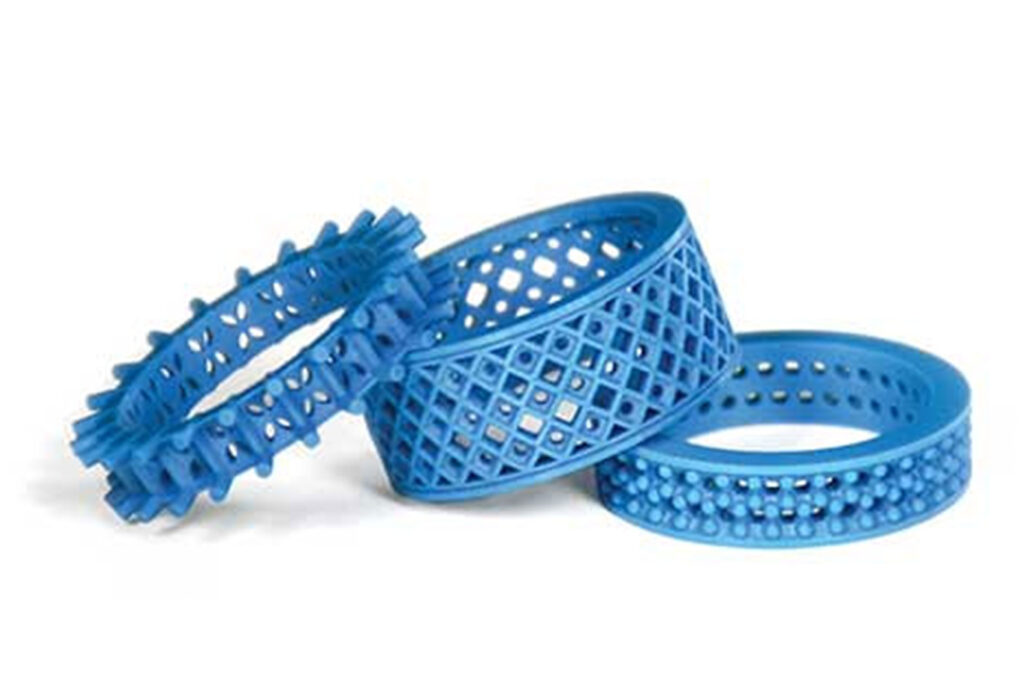
Solidscape (Wax Deposition)
The Solidscape technology prints in a high resolution, complete burnout wax that doesn’t leave any ash in casting cavities. It is mainly used for lost wax casting, with very high detail and surface finish qualities.
Materials: The Solidscape technology prints in a high resolution, complete burnout wax that doesn’t leave any ash in casting cavities. It is mainly used for lost wax casting, with very high detail and surface finish qualities.
Tolerances: +/- 0.0010″/inch along each axis. 5000 x 5000 dpi in x/y, 8000 dpi in z.
Build Volume (LxWxH): 6″ x 6″ x 4″ (152mm x 152mm x 101mm)
Special Considerations:
- Wax prints can take a very long time to build, especially depending on the layer height chosen.
- Finding the right resolution for the features and right quantities to build in wax will lead to the best cost effectiveness.
- For large qtys, making a master with an extra shrinkage factor may make more sense than multiple waxes.
- Wax is very brittle, so very small unsupported features can cause problems in post processing and/or shipping.
Can't decide which technology to use?
3D Printed Parts Post Processing
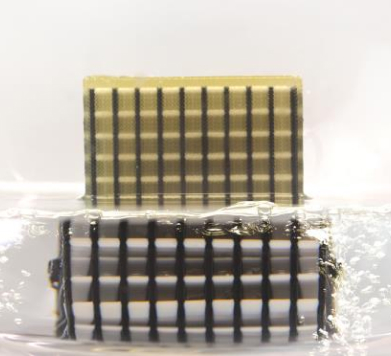
In-house Post Precessing
R&D has various tools and machines to remove support material from 3D printed parts. We use soluble support material, allowing the creation of complex geometries.
We can also handle light 3D printing post processing in the line of sanding, polishing, clear-coating, marine epoxy coating (for waterproofing FDM), and adding heat set inserts. For large printed parts or more specific post processing techniques, we work directly with a local shop to handle your needs.
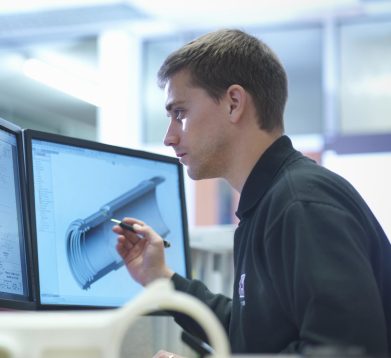
Mechanical CAD Design and Drafting Services
If you have a prototype or an idea but don’t have a 3D file, we can provide CAD design for your project using our Solidworks CAD software. For larger, more complex projects or organic shapes that require specialized CAD software, we are capable of outsourcing CAD services. Once you have the file, we can provide a quote and print your parts
Additional Printing Technology Resources
Below are the external capabilities we have access to in our partner network to get you the parts you need.
MJF (Multi Jet Fusion)/PBF (Powder Bed Fusion)
Nylon-based powder printing for finer details. May require dye to color, and a sealant to keep from the powder ‘rubbing off’.
SLA (Stereolithography)
Similar to Polyjet, most materials are acrylic based, but there are some higher performance materials available. Builds a lattice support that can sometimes leave small indents or nubs in certain areas, but can be media blasted or sanded out.
Post Processing
If you require a specific surface finish for your larger projects, we can connect you with local companies that specialize in colors or coatings to help bring your parts to a more finished and refined product.
CAD Design & Scanning
We have outreach to various local companies for different types of scanning and CAD work. Larger projects, and more organic/sculpted parts will typically go in this direction.
DMLS (Direct Metal Laser Sintering)
Metal parts printed by melting a fine powder with a laser in layers. Can give strong parts, but tends to be very costly, and will have a ‘matte’ cast finish that may require polishing for certain applications.
Vacuum Forming
Typically, we will build sparse filled FDM parts that can then be placed on a Vacuum table to pull a heated sheet of plastic over for packaging mockups.
Silicone Cast Rubber
We can build molds for casting silicone parts if you want something similar to an end-use rubber or need a more specific shore value. We work with a local company that can handle these quickly with a fast turnaround time.
Injection Molding
For low volume parts (low 100’s), sometimes polyjet molds can be printed at a fraction of the cost of steel or aluminum molds.
Metal Casting
Casting in various metals using our wax process. While we don’t currently have a direct contact for larger parts, large FDM parts can be built for bigger sand casts.
CNC/Machining
While not typically in our wheelhouse being subtractive instead of additive manufacturing, we do have outreach to companies with CNC capabilities.
Why use Industrial 3D Printer?
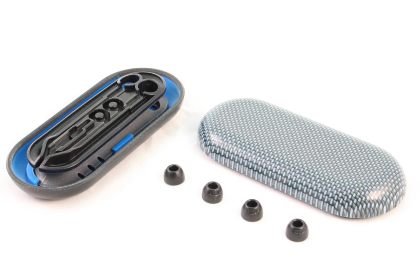
Speed & Efficiency
Industrial 3D printers are designed to work quickly and efficiently, allowing manufacturers to produce parts and prototypes in a fraction of the time, drastically reducing production time compared to traditional manufacturing methods.
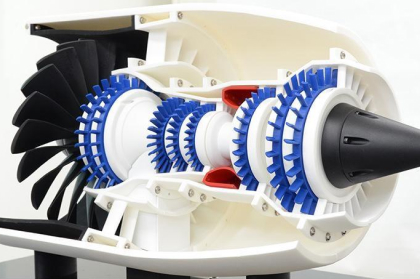
Precision 3D Printing
Industrial 3D printers have high precision capabilities, producing parts with tight tolerances and fine details. Because of the 3D printer’s precision, it is commonly used in aerospace, medical, and automotive industries.
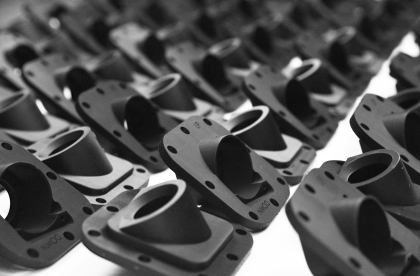
Cost-effective
Industrial 3D printers are a cost-effective solution for on-demand manufacturing of large quantities of custom parts due to their lower cost per part compared to traditional methods
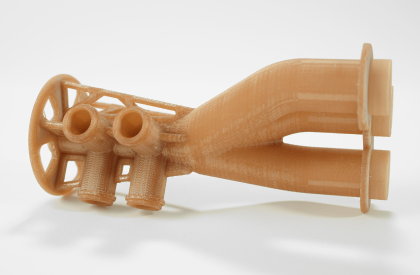
Customization
Industrial 3D printers allow for the production of customized parts, which can be difficult or impossible to produce with traditional manufacturing methods. This allows manufacturers to create unique parts that are tailored to their specific needs.
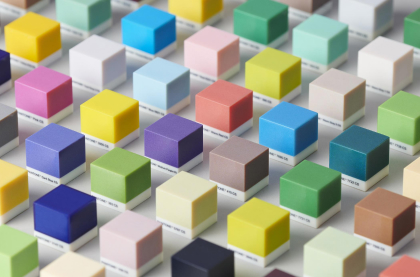
Material flexibility
Industrial 3D printers can print with a wide range of materials with a variety of properties and colors This allows manufacturers to produce parts that are suitable for different applications.
Frequently Asked Questions
Our team is capable of providing design services for you. If you have a physical prototype or an idea, we can create CAD files, technical drawings, and renderings to help you create your ideal prototype.
- FDM: Minimum: 0.6 mm (0.024”), Recommended thickness for the best outcome: 0.8mm (0.031”)
- Polyjet: Minimum: 1 mm (0.04″)
- P3: Minimum: 0.25 mm (0.008″), Recommended thickness for the best outcome: 0.5mm (0.02″)
For complex, multi-material, colorful, and accurate prototypes: PolyJet technology.
For mechanical and functional prototypes: FDM or P3 Technology




